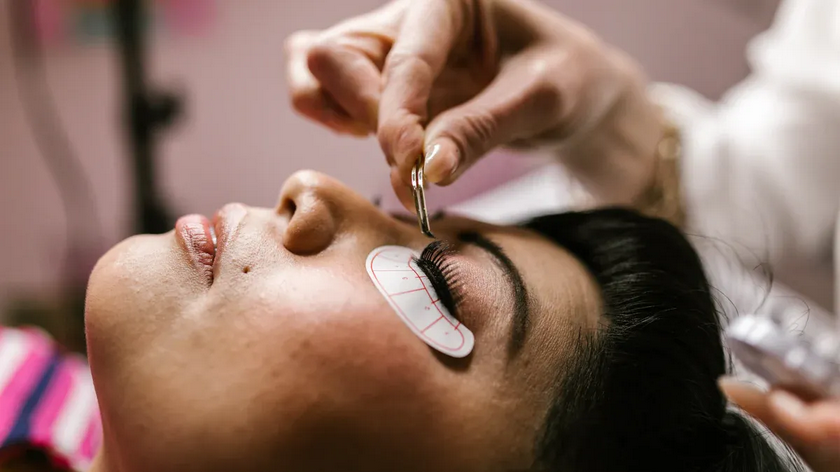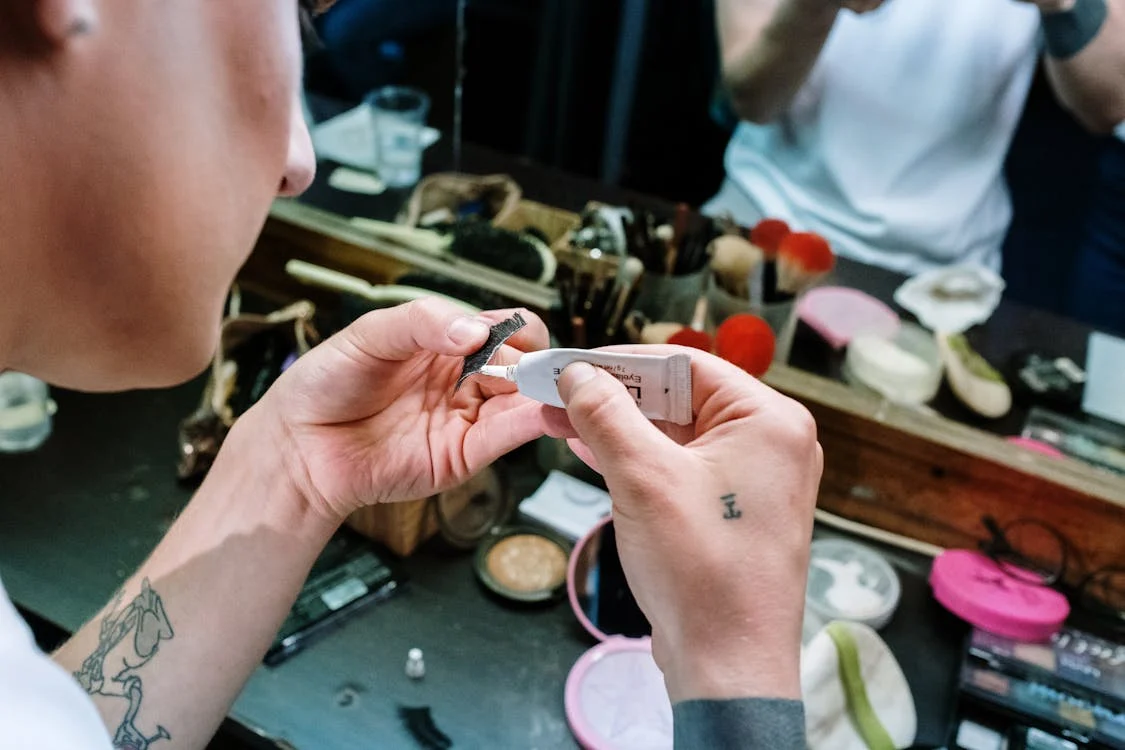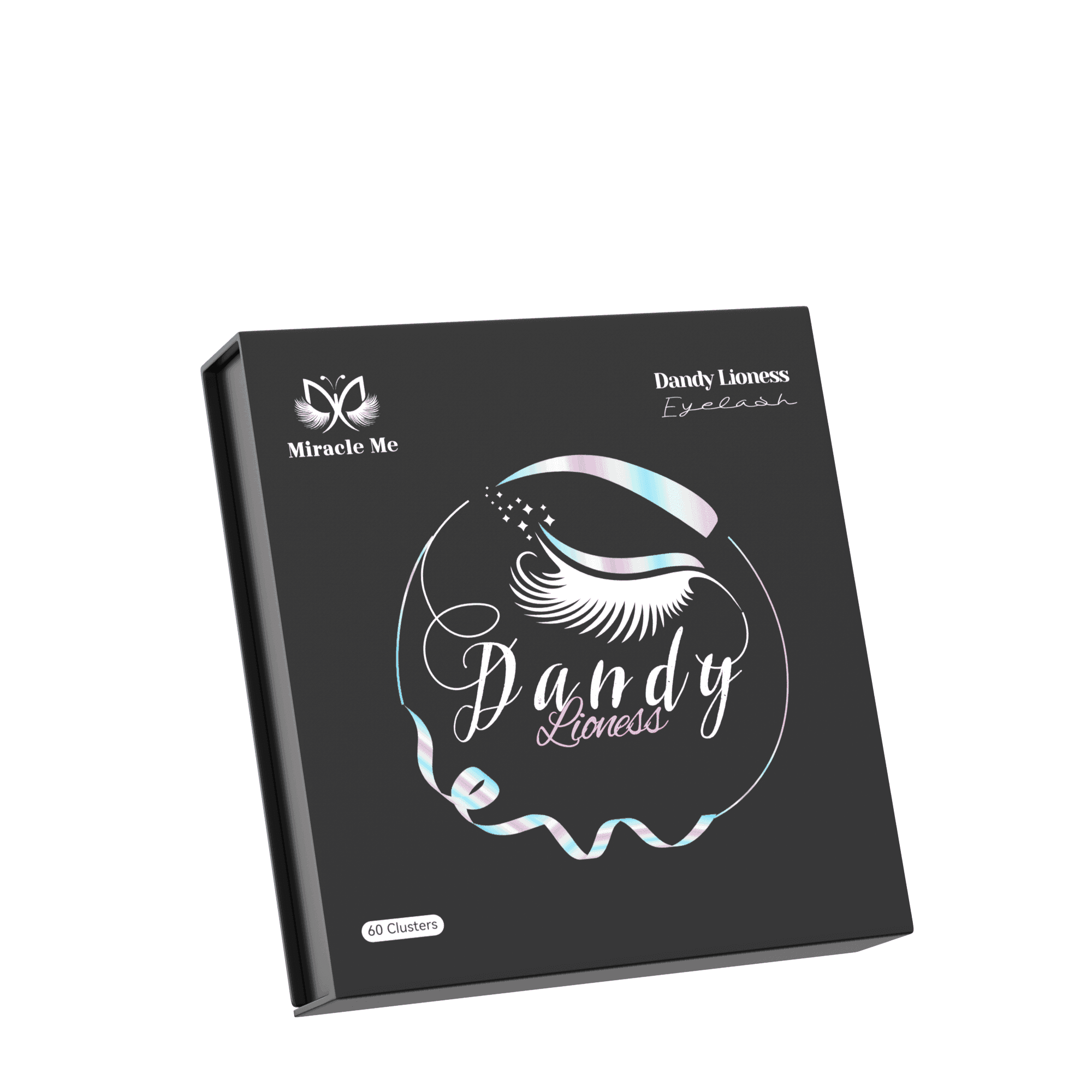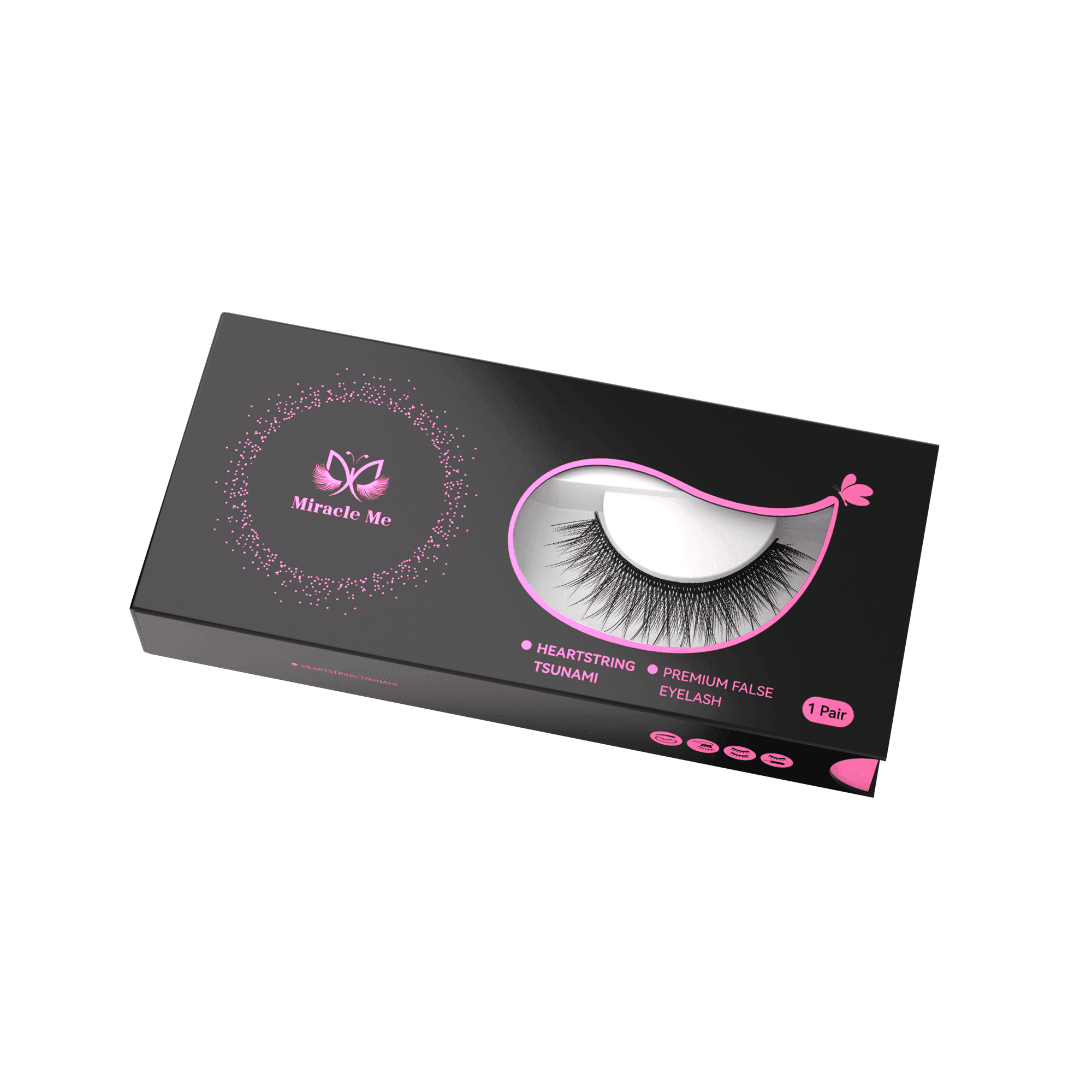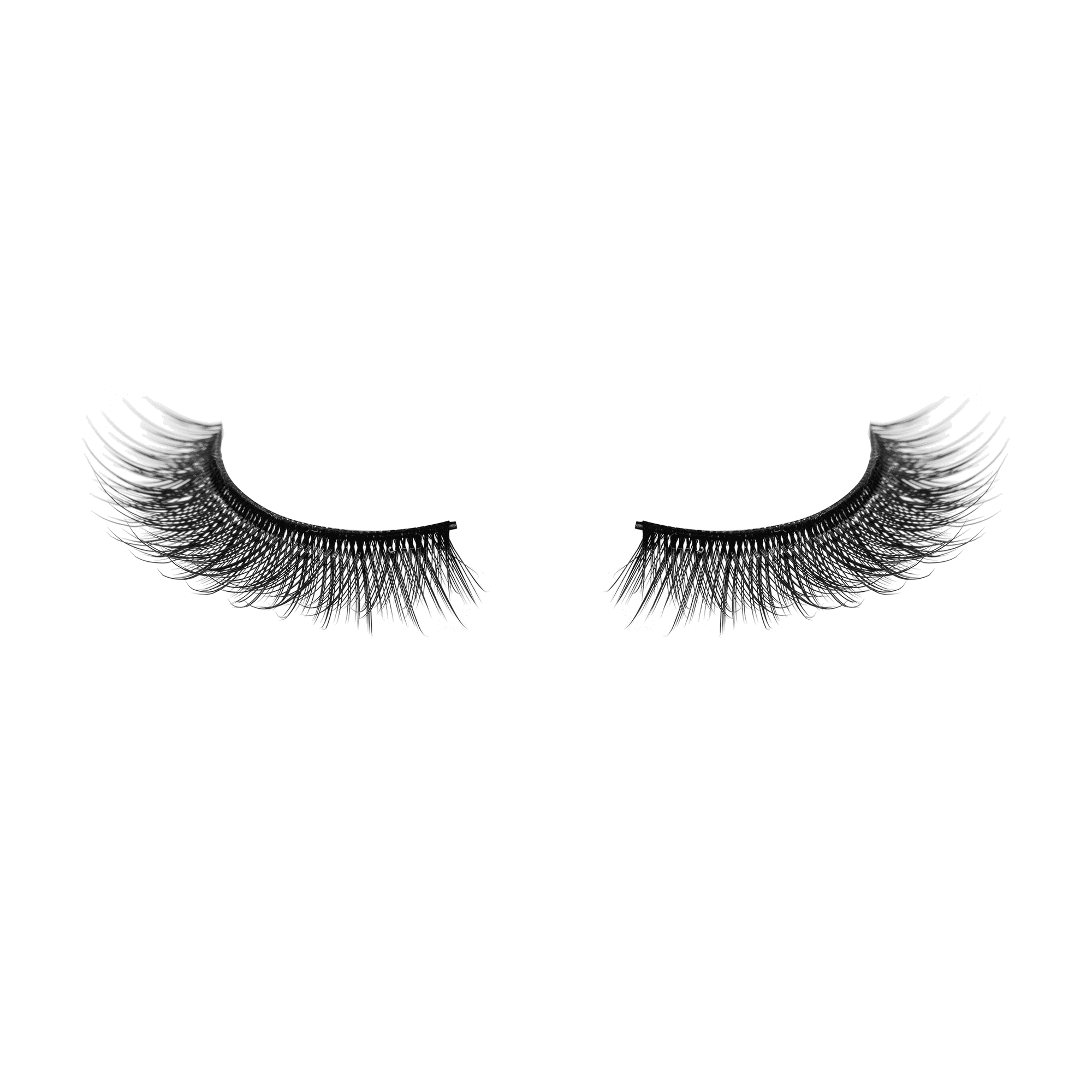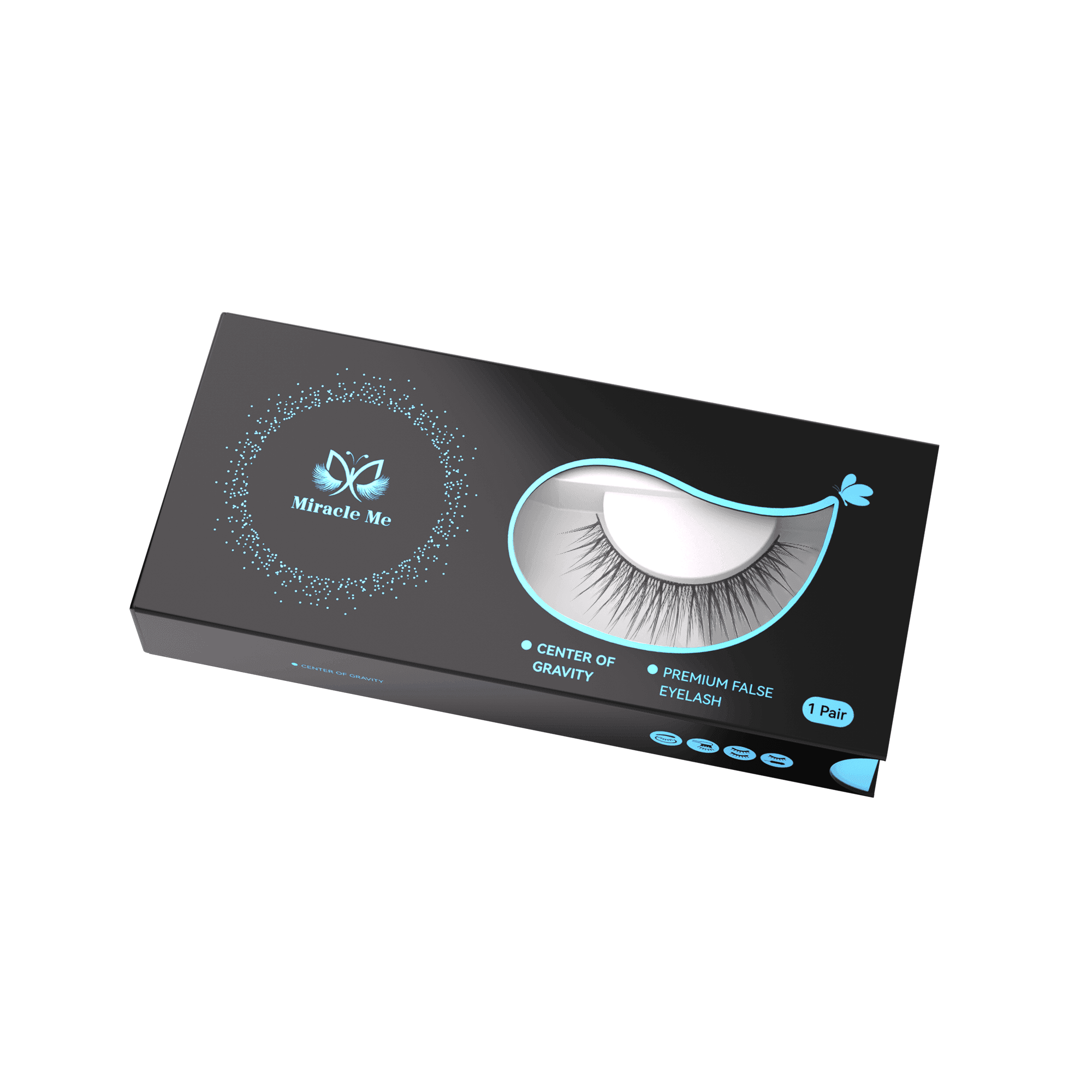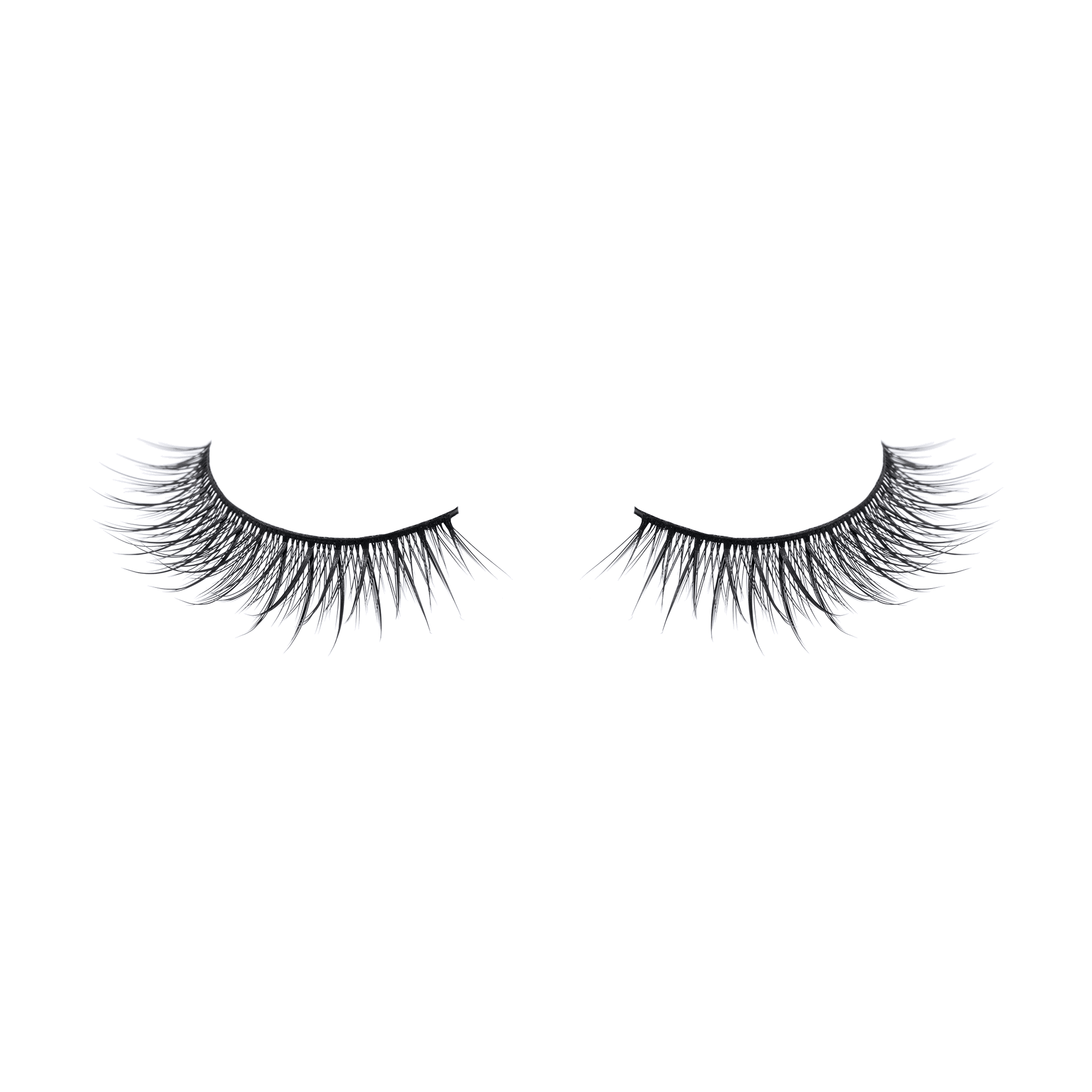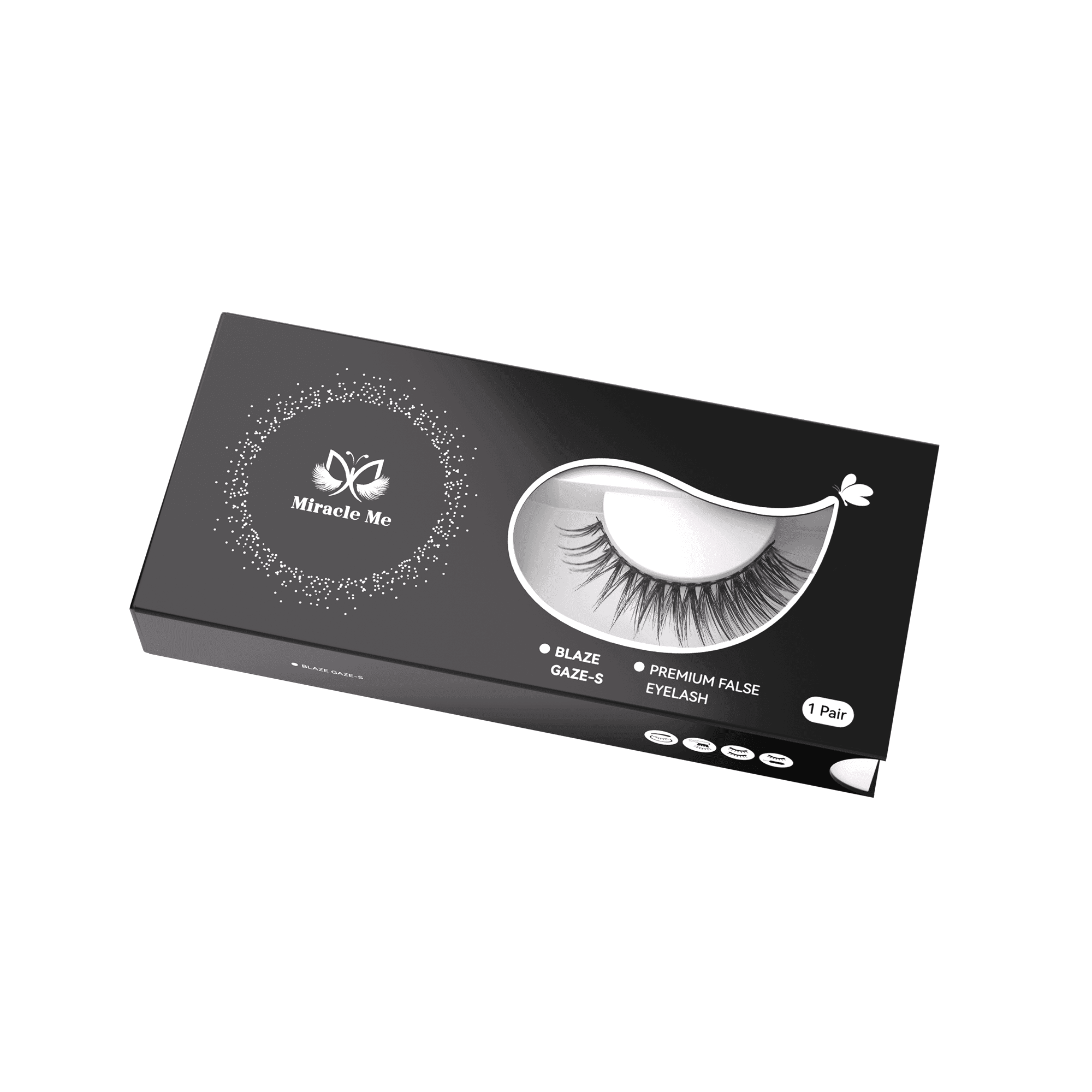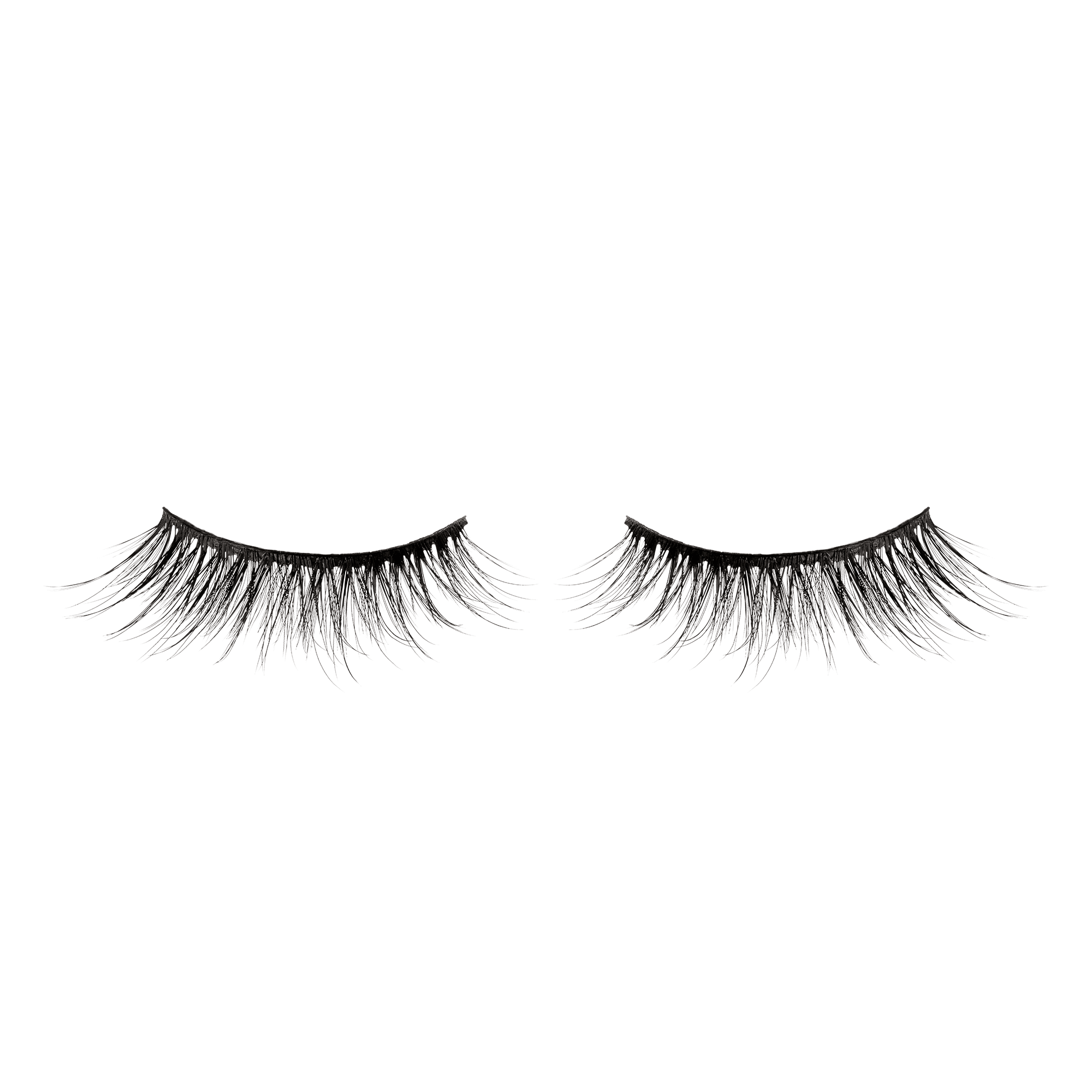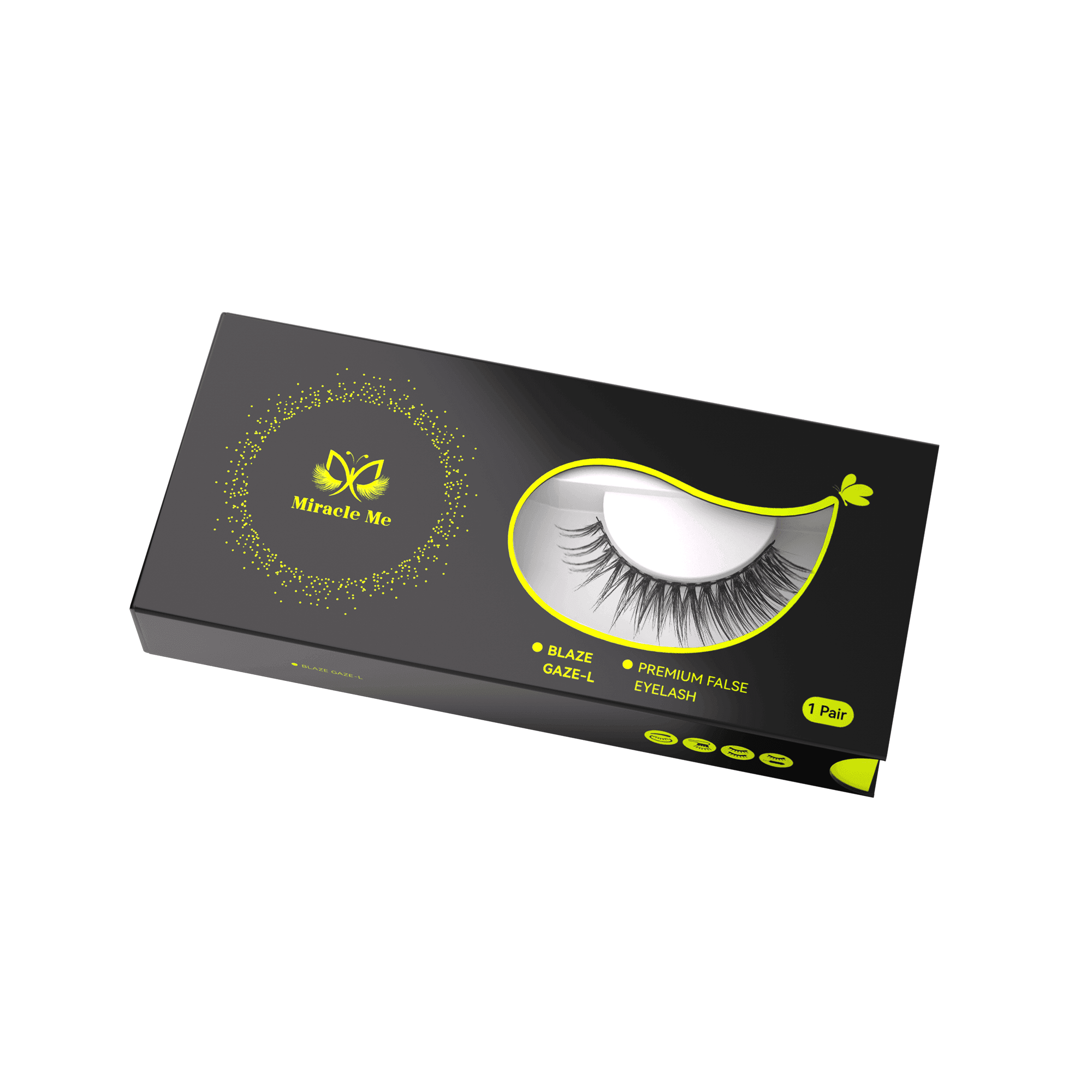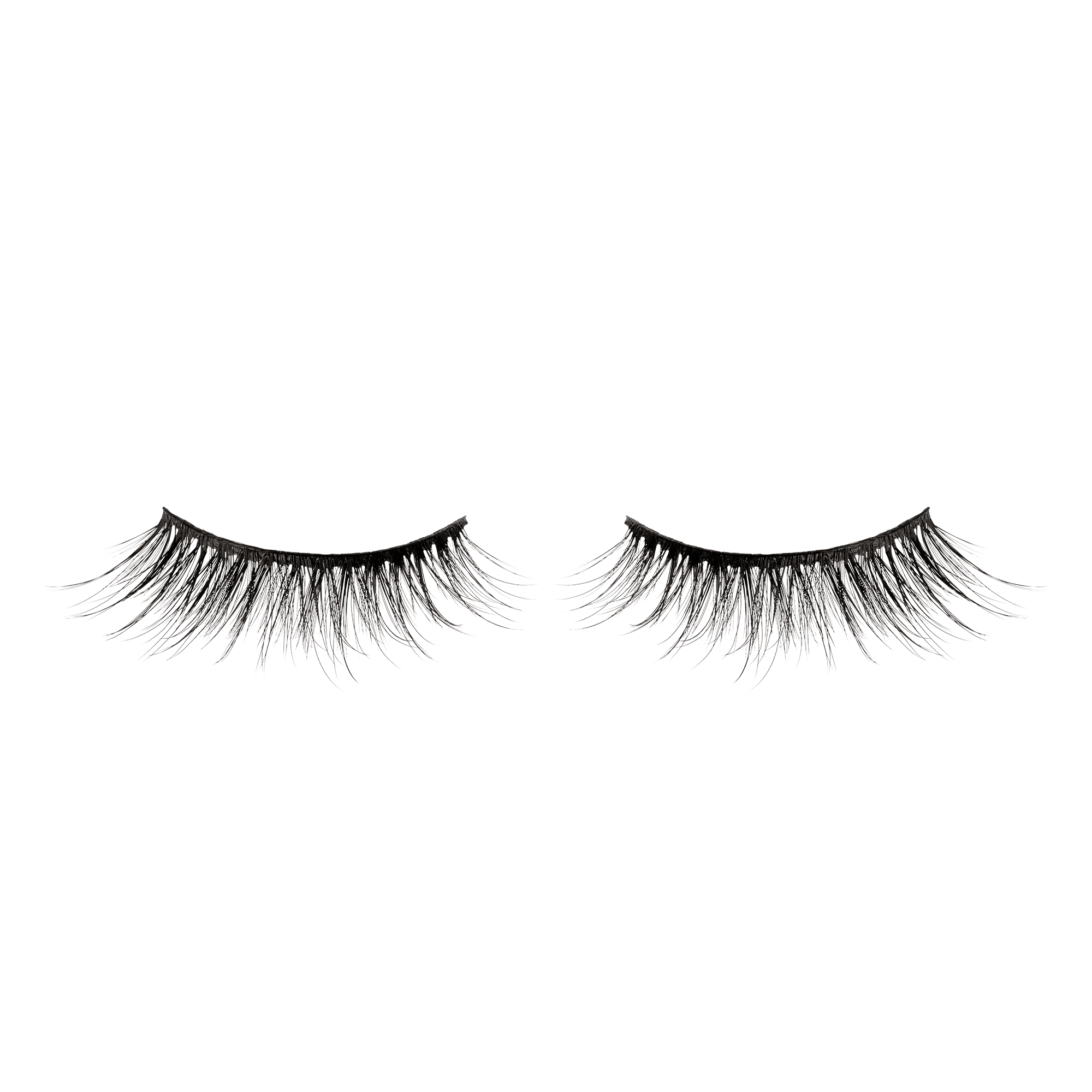What Is Lash Glue and Why Does It Matter for Your Lashes
Cover Image Source: pexels
Lash glue is a specialized adhesive designed for attaching false eyelashes securely to the eyelid. Its role extends beyond simple adhesion. It ensures lashes remain in place throughout the day while maintaining a natural appearance. Choosing the right lash glue is critical for minimizing irritation and maximizing comfort. Understanding its composition helps users avoid potential risks, including allergic reactions and skin sensitivity.
Clinical data reveals the importance of lash glue safety. Between January 2007 and April 2020, 42 cases of lash glue exposure were recorded, with 76% of patients experiencing symptoms ranging from mild irritation to severe burns. Cyanoacrylate, a common ingredient, was linked to 16 symptomatic cases. These statistics underscore the need for informed decisions when selecting lash glue.

Key Takeaways
- Lash glue is a special adhesive that holds false eyelashes securely and naturally on your eyelids.
- Choosing the right lash glue, like hypoallergenic or latex-free options, helps prevent irritation and allergic reactions.
- Different lash glues vary in drying time, strength, and color to fit your lash type and comfort needs.
- Using proper tools and gentle removal methods protects your natural lashes and skin from damage.
- Always test new lash glue on a small skin area first and follow safety tips to enjoy long-lasting, healthy lashes.
Lash Glue Basics
What Is Lash Glue
Lash glue is a special adhesive that attaches false eyelashes to the eyelid. Manufacturers use different formulas to meet the needs of various users. Some glues contain cyanoacrylate, which creates a strong bond. Others use latex or offer hypoallergenic options for sensitive skin. The market for lash glue continues to grow, with a value of $150 million in 2024 and a projected $250 million by 2033. The table below shows important details about lash glue products:
| Aspect | Details |
| Core Components | Cyanoacrylate-based adhesives, Latex-based, Formaldehyde-free, Removable, Permanent glues |
| Adhesive Composition | Single-component, Multi-component, Hypoallergenic adhesives |
| Efficacy Features | Long-lasting hold, Waterproof, Sweat-proof, Easy removal without damaging natural lashes |
| Market Size (2024) | USD 150 million |
| Market Projection (2033) | USD 250 million |
| CAGR (2026-2033) | 6.5% |
| Market Segmentation | By curing time: Fast, Medium, Slow; By application: Classic, Volume, Hybrid, Lint-free |
| Regional Market Share (2023) | Asia Pacific 35% (fastest growing), North America 28%, Europe 20%, Latin America 8%, MEA 9% |
| Packaging Types | Metal Bottle (60% share), Tube (fastest growing at 7-8% CAGR) |
| Safety & Innovation | Hypoallergenic, dermatologically tested, reduced irritation, regulatory compliance |
| Consumer Demand Drivers | Durable, skin-friendly adhesives, growth in beauty salons and lash studios |
Note: Skin-friendly formulas and hypoallergenic options help reduce allergic reactions and irritation. Always patch test before using a new product.

How It Works
Lash glue works through a chemical process called polymerization. When a person applies the glue, moisture from the air and the skin starts a reaction. Cyanoacrylate molecules link together to form long chains. These chains create a strong bond that holds the false lashes in place. Poly Methyl Methacrylate (PMMA) often supports this bond, making it more durable and water-resistant.
Several factors affect how well lash glue works:
- The pH of the lash surface should be balanced or slightly alkaline for the strongest bond.
- Primer and bonder products can prepare the lashes and improve retention.
- Oils can weaken the bond, so clean lashes help the glue last longer.
Lash glue offers features like waterproof and sweat-proof hold. These properties keep lashes secure during daily activities. Easy removal also protects natural lashes from damage. Choosing the right type of glue, such as hypoallergenic formulas, can help users avoid irritation and enjoy safe, long-lasting results.
Composition
Main Ingredients
Lash glue contains several key ingredients that determine its performance and safety. Cyanoacrylate is the primary adhesive component in most formulas. It creates a strong and durable bond by undergoing a rapid polymerization process when exposed to moisture. There are two main types of cyanoacrylate used in lash glue:
- Ethyl Cyanoacrylate: This type is commonly found in professional-grade adhesives. It offers a fast drying time and a strong hold, making it ideal for volume and hybrid lash applications.
- Methyl Cyanoacrylate: This variant is less common but is often used in formulas designed for sensitive skin. It has a slower drying time and produces fewer fumes, reducing the risk of irritation.
Another common ingredient is carbon black, which gives the glue its dark color. This pigment enhances the appearance of the lash line, creating a seamless and natural look. However, individuals with sensitive skin may prefer clear lash glue, which omits this ingredient.
Some formulas include latex, a natural rubber that improves flexibility and adhesion. Latex-based glues are popular for their strong hold, but they can trigger allergic reactions in some users. For those with latex allergies, latex-free options are available. These alternatives use synthetic polymers to achieve similar results without causing irritation.
Hypoallergenic adhesives cater to users with sensitive skin. These formulas exclude common irritants like formaldehyde and use gentler compounds to minimize the risk of allergic reactions. Acrylates and copolymers are often added to enhance the glue's water resistance and durability, ensuring lashes stay in place throughout the day.
Variations
The composition of lash glue varies to meet different needs and preferences. These variations influence factors like drying time, bond strength, color, and sensitivity:
- Drying Time: Fast-drying glues are ideal for experienced users and professional lash artists. They allow for quick application and reduce the risk of lashes shifting out of place. Slower-drying formulas provide more time for adjustment, making them suitable for beginners.
- Bond Strength: Stronger adhesives, often containing ethyl cyanoacrylate, are designed for long-lasting wear. They are perfect for events or extended use. Weaker bonds, typically found in hypoallergenic or latex-free glues, prioritize comfort and are easier to remove.
- Color: Black lash glue enhances the lash line's appearance, blending seamlessly with dark lashes. Clear glue dries invisibly, making it a versatile choice for all lash colors and styles.
- Sensitivity: Hypoallergenic and latex-free options are essential for users with sensitive skin or allergies. These formulas reduce the risk of irritation while maintaining effective adhesion.
Understanding the composition of lash glue helps users select the right product for their needs. Whether prioritizing durability, comfort, or safety, knowing the ingredients and their roles ensures a better lash experience.
Types of Lash Glue

Image Source: pexels
Traditional
Traditional lash glue remains the most widely used adhesive in professional beauty salons and spas. This type uses strong bonding agents like cyanoacrylate to secure false lashes for several weeks. Many users report that products such as Premium Plus 5ml and Ultra Plus 10ml offer fast drying times and reliable hold. Customers often describe these adhesives as their preferred choice, noting consistent performance and the ability to complete full lash sets efficiently. Some users have relied on these glues for over five years, with lash retention lasting up to four weeks. Companies like Novalash and Lash Affair invest in research and training, which helps maintain the technical reliability of these products.
Self-Adhesive
Self-adhesive lashes come pre-coated with a sticky strip. Users can apply them directly to the lash line without additional glue. This option appeals to those who want a quick and mess-free application. However, some people find that self-adhesive lashes do not always stick well or last as long as traditional options. Reports mention possible skin irritation and difficulty in achieving precise placement. These factors can affect overall satisfaction and limit their popularity compared to traditional lash glue.
Reusable & Alternatives
Reusable lash systems and liner-based adhesives offer new ways to attach false lashes. Magnetic lashes and adhesive eyeliners provide alternatives for those with sensitivities. These products focus on safety and comfort, using hypoallergenic or natural ingredients. While they offer convenience, some users experience weaker adhesion or shorter wear times.
Comparison
| Aspect | Traditional Lash Glue | Alternative Lash Glue (Sensitive, Natural, Self-Adhesive) |
| Market Share | Largest; dominant in salons and spas | Smaller, niche; growing for safety and convenience |
| Performance Efficiency | Strong, long-lasting hold | Focus on safety and comfort; sometimes less strong |
| Health & Safety | May contain formaldehyde, cyanoacrylate | Hypoallergenic, less irritation |
| Growth Drivers | Professional use, premium features | Health awareness, demand for natural and easy products |
| Distribution Channels | Salons and spas | Retail and online |
| Challenges | Health concerns, lack of standardization | Performance issues, application difficulty |
| Innovation Focus | Adhesion, durability, premium features | Safety, comfort, natural ingredients, ease of use |
Note: Traditional lash glue continues to lead the market due to its strong hold and proven reliability, but alternatives are gaining attention for their focus on safety and convenience.
Choosing Lash Glue
Sensitivity
People with sensitive eyes or skin need to pay close attention to the ingredients in lash glue. Scientific reports show that some adhesives can cause eye irritation or allergic reactions. For example, ingredients like p-phenylenediamine in lash tints are known to trigger contact dermatitis. Many cases of eye inflammation, such as keratoconjunctivitis, have been linked to direct contact with glue or its vapors. While no large studies provide exact numbers, doctors and researchers have observed these reactions in clinical settings. Choosing hypoallergenic or latex-free formulas can help reduce the risk of irritation. Always perform a patch test before using a new product to check for any sensitivity.
Environment
The environment plays a key role in how well lash glue performs. Humidity and temperature can affect drying time and bond strength. High humidity speeds up the curing process, while low humidity slows it down. Lash artists often adjust their techniques based on the climate in their workspace. For best results, they use tools and research methods to track performance metrics. These include:
- Surveys and interviews with lash professionals and clients
- Industry reports and market analysis
- Real-time dashboards for monitoring product performance
- Statistical methods like correlation and regression analysis
These tools help users and professionals choose the most reliable glue for their specific environment.
Lash Type
Different lash types require different glue formulas. Manufacturers design adhesives for specific applications, such as eyelash extensions, strip lashes, or individual clusters. Each type has unique needs:
- Eyelash extension adhesives provide a strong, long-lasting bond and quick drying time. They work best for professional use.
- Strip lash glues hold lashes securely for a day and allow easy removal.
- Individual lash glues offer flexible drying times for precise placement.
Manufacturers focus on bonding strength, drying time, and safety features like hypoallergenic ingredients. They also test products for water resistance and durability. By adapting formulas to each lash type, they help users achieve the best retention and comfort.
Tip: Always match the glue formula to your lash type and application method for optimal results.
Safety and Comfort

Image Source: pexels
Application Tools
Safe lash application starts with the right tools. Many professionals use brush-on applicators, tweezers, and special brushes to place lashes accurately. The Glue 084 eyelash extension glue, for example, features a viscosity of 250mPa·s and a fast set time of 2-3 seconds. These properties help skilled artists apply lashes quickly and precisely, especially when working with many clients. The product also holds ISO10993 medical-grade safety certification, which means it has passed tests for eye irritation and cytotoxicity. This certification gives users confidence in its safety during application.
Some brands design unique tools to improve accuracy. The PREP & PERK eyelash bond and seal system includes a tweezer-like tool called PICK. This tool clamps lashes at the base, making placement more precise and improving retention. The PREP product also features an updated brush tip. This tip allows users to apply adhesive in an upward motion, which helps coat natural lashes evenly. While these tools aim to make application easier and safer, users should always handle them with care to avoid poking or scratching the eye area.
Tip: Always clean tools before and after use to prevent infection and irritation.
Removal
Proper removal protects both natural lashes and the delicate skin around the eyes. Many experts recommend using a gentle, oil-based remover or a product made specifically for lash removal. These products help break down the adhesive without pulling or tugging on the lashes. Users should soak a cotton pad with remover and hold it against the lash line for several seconds. This step softens the glue and makes it easier to slide the false lashes off.
Rushing the removal process can damage natural lashes or cause discomfort. People should avoid picking or pulling at lashes, as this can lead to breakage or irritation. After removal, washing the eyelid area with a mild cleanser helps remove any leftover residue. Moisturizing the skin around the eyes can also reduce dryness and support recovery.
Note: Safe removal keeps natural lashes healthy and prevents long-term damage.
Understanding the composition and types of adhesives helps users achieve safe, comfortable, and long-lasting lashes. Choosing the right product supports lash health and enhances beauty results. Recent trends highlight several important points:
- The global eyelash extension market is growing as consumers focus on safety and ingredient transparency.
- Innovation in hypoallergenic and nourishing formulas drives demand.
- Regulatory guidelines and consumer preferences encourage brands to create safer, more effective adhesives.
- Social media increases awareness of lash health and product quality.
People who consider their needs and sensitivities make better choices and enjoy healthier lashes.
FAQ
What should someone do if lash glue gets in their eye?
If lash glue enters the eye, they should rinse the eye with clean water immediately. They should avoid rubbing the eye. If irritation or pain continues, they should seek medical help right away.
How long does lash glue usually last on lashes?
Most lash glues hold lashes for one day to several weeks. The duration depends on the glue type and how well the user follows aftercare instructions. Professional adhesives, like Premium Plus 5ml, often last up to four weeks.
Can people use lash glue if they have allergies?
People with allergies should choose hypoallergenic or latex-free lash glue. They should always perform a patch test before full use. If a reaction occurs, they should stop using the product and consult a doctor.
Is it safe to use lash glue every day?
Daily use of lash glue is generally safe if the user follows proper application and removal steps. They should choose gentle formulas and avoid pulling on natural lashes. Taking breaks between applications helps maintain lash health.

